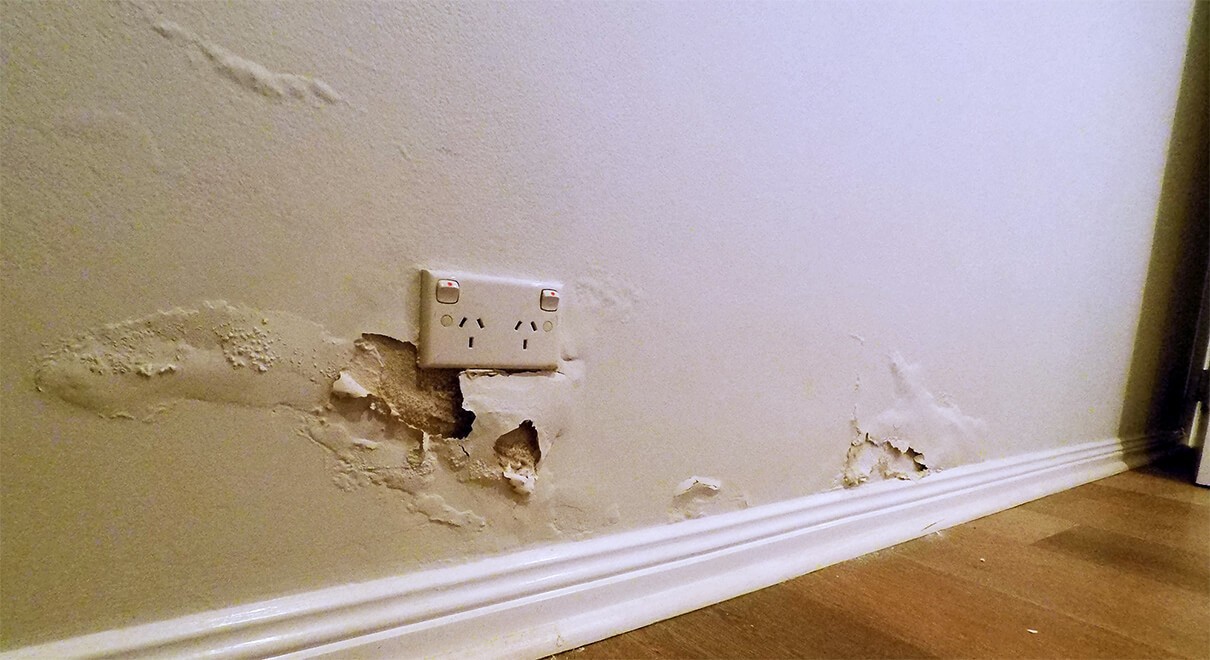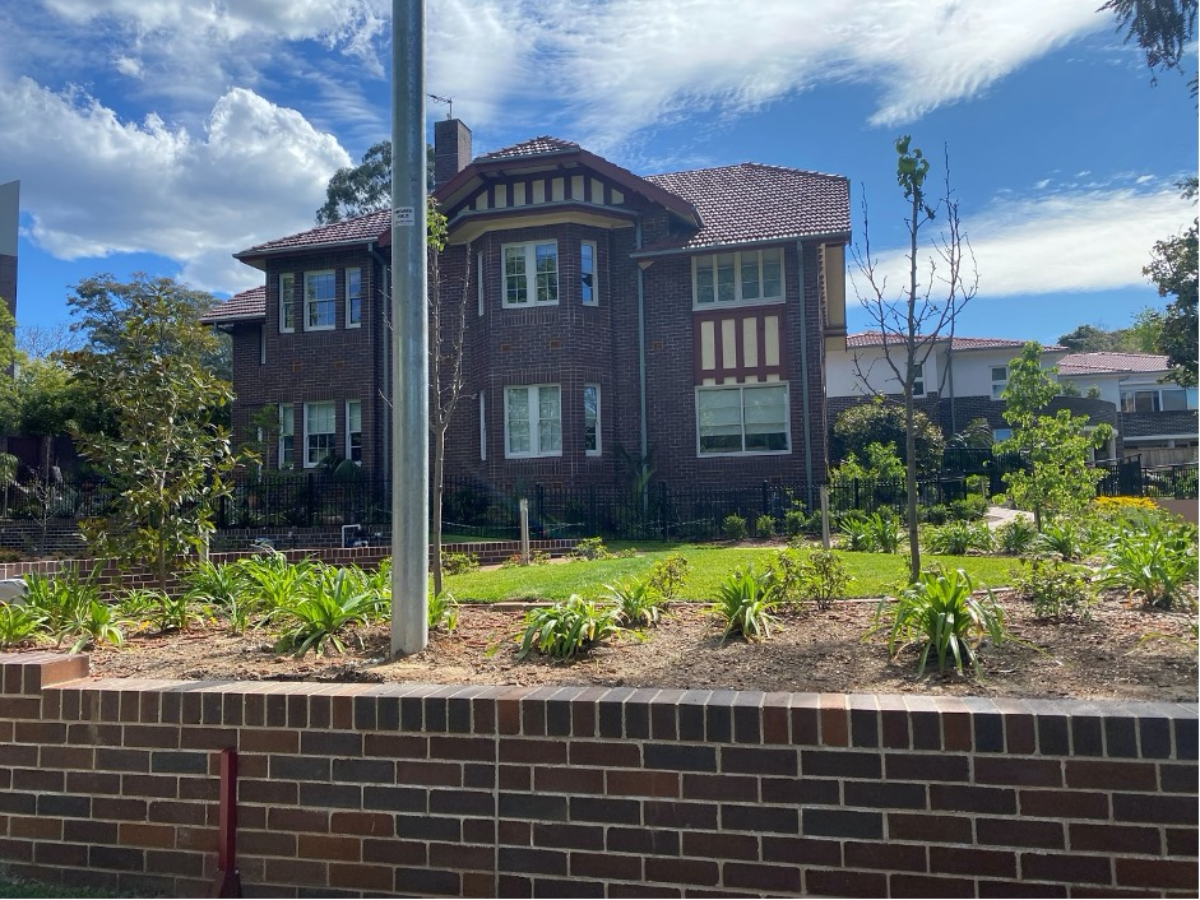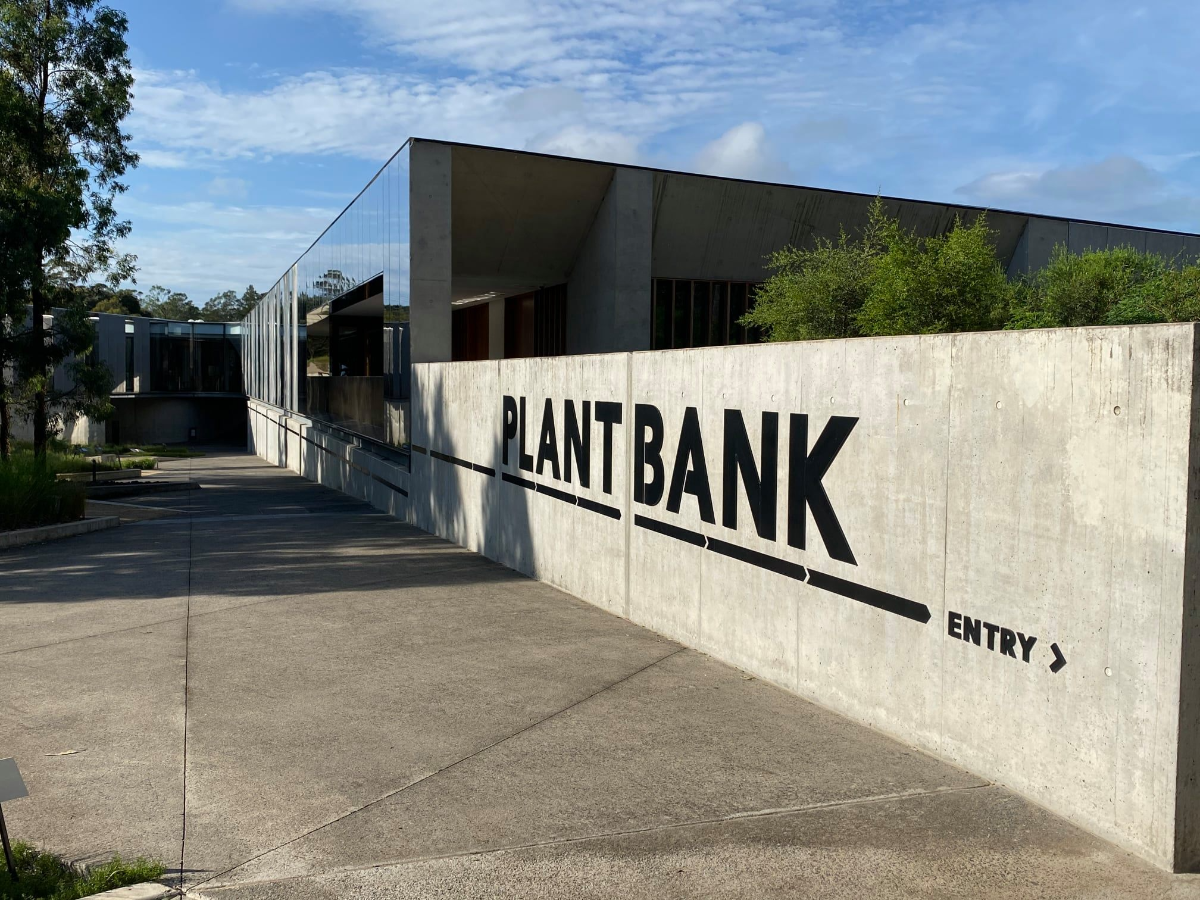
- February 18, 2021
- Effective Building
- 0
During your pre-purchase building inspection, our inspector will check for rising damp. So what is it, and why is it a problem? To have an idea of rising damp, let me give you a bit of an overview.
Rising damp occurs when moisture from groundwater moves vertically up a wall through the fine pores in masonry or brick. In most cases, it won’t reach above a height of 1.5 metres due to the natural evaporation process. Signs you might have rising dampness include mould on the walls, bubbling plaster, rotting window frames and skirting boards, lifting wallpaper, and wall staining.
A particular problem in old buildings, rising damp has several causes. This includes poor sub-floor ventilation, sub-floor obstructions, and a damaged damp-proof course. The latter is the layer of waterproof material that sits near the ground in a building wall.
In this post, we’ll discuss the in-depth details about the rising damp.
What is Rising Damp?
Rising damp is a type of damp that affects the building’s walls. It occurs when moisture from the ground goes up through the walls by capillary action. This means that groundwater is sucked up through tiny tubes in the bricks, like a series of straws. This water contains salts that travel up through the wall.
You get porous building materials such as timber found in the skirtings, joists, and floorboards. These materials will absorb the groundwater easily, and you can find wet rot evident in the timber.
Rising damp is first noticed by the damage it causes to the building’s internal walls. Paint and plaster can deteriorate, and any wallpaper tends to loosen. A visible stain appears on the wall in the form of a tide mark where the groundwater has reached.
You may also see some salts blooming on the internal surface. This is something usually associated with rising dampness and results in debonding of paints and plasterwork. Externally, mortar may crumble, and white salt stains may be apparent on the walls.
Causes of Rising Damp
Rising damp is a common issue within older properties which is rarely seen in new buildings. Damp Proof Course (DPC) is usually impaired, but this is usually not the case as it still depends on the building’s location and environment.
Before we delve into other causes of rising damp, we must acknowledge that some don’t believe in rising damp. Here at Effective Building & Consultancy, we can assure that the risk of rising damp and everything that comes with it is real. This is why we have an expert team of professionals on hand who can investigate, diagnose, and treat the issue.
Moisture in walls will travel up to around 1,2m high before gravity will prevent the water from rising damp any higher. But, that doesn’t mean that is where the effects of rising damp starts and end. Some salt deposits also appear higher up the building due to non-breathing coverings on walls such as paint, render, plasterboard, and vinyl wallpaper.
Diagnosing the issue is essential; hence, any repair work will be a complete waste of time. Thus, leaving your property better off.
No DPC (Common in Smaller Buildings)
Decades ago, buildings in Australia didn’t have any DPC installed. This means there’s a chance that some older buildings have not fitted with a DPC course, although many have been as part of historical refurbishment and restoration works.
Without any DPC, water is free to travel up through the pores in the wall freely, putting the structure and the safety of all those inside at risk, especially where timbers weaken. Severe damage can happen when increased moisture levels rot away the timber structural beams in contact with the property’s foundation.
In some cases, the increased moisture levels can result in an infestation of dry/wet rot, particularly in the basement and sub-floor area if the property has one. This will come with a damp, musky smell originating from humid areas of the building, especially those with almost zero ventilation.
To safeguard against this, your property should be inspected by professional inspectors, such as Effective Building & Consultancy experts, who will diagnose the problem and recommend any repair work. Experts will also discuss basement tanking potential to reduce dampness risks, causing damage to the property.
Damaged PPC
Damaged DPC is one of the main reasons why properties suffer from rising damp. Depending on the property’s age, this could be because the material used is not as good as the modern DPCs.
For example, the slate was a popular material as it’s a water-resistant material. However, slate can be prone to cracking due to ground movement and building setting over many years. Thus, its life expectancy is not as long as modern-day synthetic materials designed to last longer and move with slight changes in ground levels.
If the building dates back to the 1900s, a damaged DPC is likely to cause a prevalent rising damp problem. Once the DPC is damaged, moisture can penetrate through and rise through the property’s walls. Repair work can range from a simple injection into the DPC to more invasive and expensive refurbishment.
Incorrectly Installed PPC
Just like a damaged DPC, an incorrectly installed one can result in the prevalence of rising damp too. Often, chemical injection is not performed correctly, leaving a penetrable course and becomes totally useless.
It’s for this reason why calling on professional inspectors is essential to prevent you from paying twice. Once for the initial maintenance work and second to fix the poorly carried out work.
Bridged PPC
For the bridged DPC, the effects are much the same as having no DPC at all. This is because, even though the DPC itself may be fine, the moisture has a bypass and can enter the property over the DPC. This happens when the external ground level, such as driveway or patio, and any adjoining garden, has raised above the DPC. This can happen over many years and an issue mostly found in older buildings.
When the DPC is below ground level, there’s nothing to stop moisture in the ground from rising up through the walls. If the DPC is in good condition and doesn’t require maintenance, the rising damp issue can be rectified without any actual work inside the property.
Lowering external ground levels adjoining the property should fix the issue as the DPC will no longer be bridged, and moisture must penetrate the barrier to rise through the brickwork. However, ground salts may have already contaminated the internal plaster. The salts that are rising damp shows are hygroscopic; they will remain in the plaster and continue to absorb internal water vapour.
Why is Rising Damp a Problem?
Rising dampness causes significant aesthetic damage, such as the unsightly crumbling of masonry and the staining, bubbling, and peeling of internal finishes. Extensive rising damp can also lead to structural damage that can create serious safety hazards if left unchecked – for example, the rotting and sagging of floorboards and staircases.
Living in a damp property can also be detrimental to your health, as breathing in mould spores can lead to respiratory illnesses, allergic reactions, and asthma episodes.
How Do You Treat a Rising Damp?
It’s important to note that temporary fixes like cleaning, replastering, or repainting the walls can actually exacerbate the problem in the case of rising dampness. The right solution will depend on what is causing the rising dampness but often involves installing a new damp-proof course in the wall. Before this occurs, though, you must ensure:
- Any land drainage issues are addressed
- Leaks, guttering, and drainpipes are repaired
- Adequate ventilation is possible through rooms and under floors
Rising Damp Treatment
Use Damp Proofing Injection Cream
A damp proofing injection cream is the most effective and economical way to treat rising damp. You can choose between individual cartridges or complete kits of cream from different brands.
The cream is injected or hand-pumped into specially-positioned holes in the mortar course. Once inserted, the damp proofing cream reverts to a liquid. This allows it to penetrate the bricks and achieve full absorption. As it cures, it creates a powerful water-repellent barrier and a new chemical DPC that prevents water from rising up the wall.
Alternatively, you can also put a new damp-proof membrane to act as a damp-proof course. This is a more expansive and more complicated process that involves taking out each brick along the failed mortar course and putting a new physical damp proof membrane.
Remove Wallpaper and Plaster
In the case of internal and external walls, you need to remove any wallpaper and plaster back to the substrate or bricks if there’s evidence of rising damp.
Check that the DPC has not been bridged before proceeding with the injection of a new DPC. Treating rising damp on internal walls is through the injection process. A damp proof membrane is the quickest way to do this.
Chemical Injections
Chemical Injections are highly effective for correctly installed rising damp. Through the years, the formulations have improved and are now proven to provide lasting protection.
Replastering after Treating Rising Damp
After injecting the new DPC, you’ll need to replaster the affected area. The existing plasterwork is likely to contain hygroscopic salts that continue to attract moisture. It’s important you get the plasterer to replaster to a price specification to prevent further issues with salt contamination.
Who Inspects Rising Damp
If you believe your property has rising damp issues, you need to call an inspector to make a professional diagnosis. You should select a qualified damp inspector who will carry out a rising damp survey, conduct a thorough analysis, and make recommendations. You need to look for certain qualifications when deciding who inspects your rising damp issue.
For more information about our services, visit our Help Centre.
Suppose you are planning to work on multi-story units. In that case, you may find yourself wondering if you should Read more
Heritage buildings represent the history and culture of a nation. They constitute together the architectural heritage of an area. Heritage Read more
The Australian PlantBank is a remarkable new plant conservation laboratory at The Australian Botanic Garden in Mount Annan. It is Read more





